Начиная с XIX века экспериментальная физиологическая наука задавала тон не только в естественных науках, но и в культуре и, как не странно, немало повлияла даже на литературу. Наиболее известным концептуальным персонажем русского реализма является лягушка, препарируемая Базаровым, однако на это редко обращают внимание как на нечто большее, чем просто «мем» из школьной программы.
Об эстетике как прикладном разделе физиологии писал Ницше, спорил Андрей Белый и сверяли свои теоретические ориентиры русские формалисты, однако эта смежная – для науки и литературы – история еще требует своей реконструкции, задачу чего и ставит перед собой инсталляция-исследование «Рефлексология русского стиха».

Иван Сеченов, основатель русской физиологии, автор «Рефлексов головного мозга» (1866), прототип Базарова.
Все началось с французского экспериментального физиолога XIX века Клода Бернара, который еще при жизни становится легендой – причем, не только в науке, но образцом и для литературной программы «экспериментального романа» Эмиля Золя (1879). Экспериментальным в натуралистическом романе является как раз то, что в нем позаимствовано из физиологической науки или даже конкретно из труда все того же Бернара – «Introduction à la médecine expérimentale» (1865), который Золя переписывает практически дословно, меняя в нем слово«медицина», но слово «роман». Первый случай применения понятия «эксперимента» к литературе таким образом оказывается текстологически обязан физиологии. Наконец опыты Бернара повторяет – находя в них ошибку – Сеченов, считающийся основателем русской физиологии и учителем Павлова, а также по совместительству прототипом того самого Базарова (Тургенев посещал лекции Сеченова).

J.-E. Marey, Inscriptions des phenomenes phonetiques
В отличие от литературы, в случае современной Бернару экспериментальной науки о языке дело не ограничивается заимствованием идей, и в ней используется та же самая записывающую технику, которая уже определила успех французской физиологии и прославила имя изобретателя Жюля-Этьена Марея. Экспериментальная фонетика настаивает на необходимости исследования живого языка в отличие от того анатомического театра, который на протяжении веков устраивали до этого филологи с языками мертвыми. По этой причине Бреаль и другие предлагают записывать произносимые звуки «наживую».
Однако там, где наука о языке вытесняет предшествующие эмпирические эксперименты и несет память о технологии, которой она обязана своим рождением, только в оговорках (какой является понятие «акустического образа», т.е. графического изображения речевого потока на поверхности записи), литература смутно догадывается о своем технологическом бессознательном, но сопротивляется утрате связи с Реальным. Так, эпистемологическим бессознательным заумной поэзии (в версии Крученых) является эмпирическая фонетика, а это в свою очередь, указывает и на их общее технологическое бессознательное – фонограф.
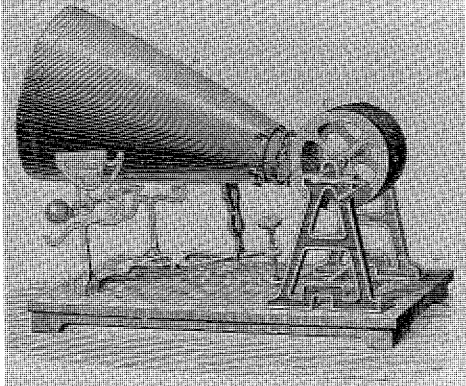
Фонофотограф Скотта из J.-E. Marey, Inscriptions des phenomenes phonetiques. Part 1. Methodes directes // Revue generale des sciences pures et appliquees #9 (1898)
Подтверждает эту гипотезу и позднейшее институциональное поведение Александра Туфанова, организовавшего «Заумный Орден» и предлагавшего открыть в ГИНХУКе фонетическую лабораторию», ориентируясь на тот трансфер научности, который уже осуществляемый там Матюшиным из психофизиологии зрения Гельмгольца. Если Крученых не раскрывал свои научные источники вдохновения, ограничиваясь только указанием на «Пощечину общественному вкусу», то Туфанов прямо указывает на Павлова и Бехтерева, занимающихся психофизиологическими исследованиями в те же годы и в том же городе.
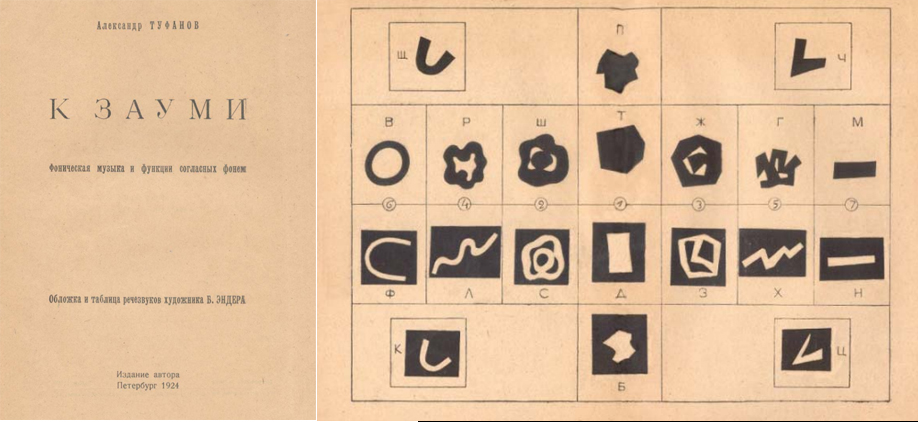
Обложка и разворот из книги Александра Туфанова «К зауми. Фоническая музыка и функция согласных фонем» (Петроград, 1924)
Характерно, что в этом эпизоде смежной истории экспериментальной науки и экспериментальной литературы имеет место не просто «трансфер идей», но лежащая в общем основании лабораторная установка и конкретное лабораторное оборудование, сборное и пересобираемое под конкретные лабораторные задачи– сперва используемые для фиксации сокращения мускулов лягушки с помощью графических методов, затем в кардиологии (Мареем), а сразу вслед за этим для записи далектов (Бреалем). Наконец именно оборудование физиологической лаборатории оказывалось привлекающим современную ему литературу – сначала в прозаическом пересказе (Базаров, 1862), затем в методологической эмуляции (Золя, 1879) и наконец в фонетико-поэтическом эксперименте (Крученых, 1912, Туфанов, 1924).
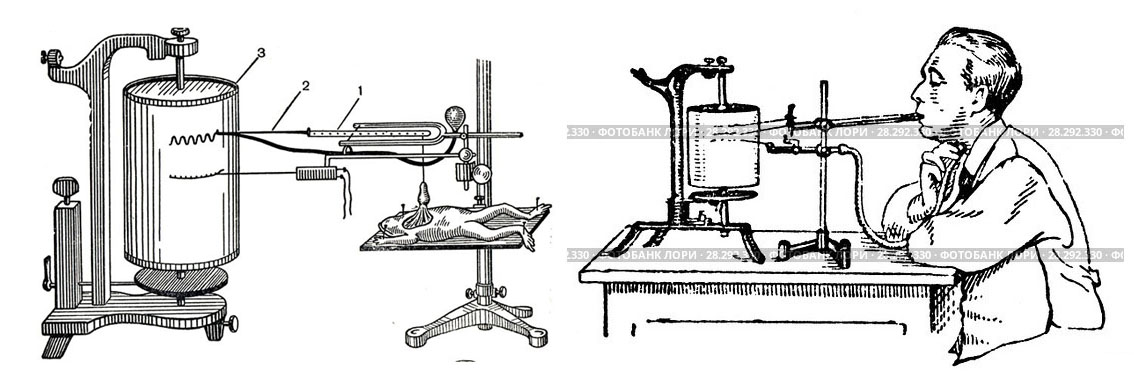
В своем проекте «Рефлексология русского стиха» Павел Арсеньев реконструирует эту смежную историю экспериментальной науки и литературы психофизиологического цикла– через лабораторное оборудование (психо)физиологов, в котором оказываются зажаты поочередно лягушка и носитель региональных диалектов (кимограф) или с которым сталкиваются поэт-заумник и Лев Толстой (фонограф), и наконец где пересекаются русская и французская фонетика и этно-политика.
Связанные публикации и выступления
25 июля 2020: «Поэтическая экономия слова как такового vs. психофизиологии зауми» приглашенная лекция в школе Paideia
21 ноября 2020: ««Объективная поэзия» и телесная трансмиссия ритма» лекция для студентов школы Paideia
Тема ритма в поэзии может быть раскрыта психофизиологически: уже Андрей Белый откликался на экспериментальную эстетику Фехнера, а многие другие на рубеже веков — от символистов до материалистов — были озадачены проблемой психофизилогического интерфейса, отсюда и происходит частая квалификация ритма как «вселенского» или артериального. Если ритм — ключевое измерение поэтической речи, которое поддается объективации (как в живописи — цвет), тогда верлибр является чисто лабораторным изобретением, преодолевающим ограничения адександрийского стиха («Кризис стиха» Малларме), провоцирующим интерес к речи народа, ну и в конечном счете закладывающая основания для будущего изобретения совершенно беспредметной поэзии, состоящей из одних звуков — зауми.
В1912 году поэт-заумник Алексей Крученых только начинает сотрудничать с издательством «Гилея», Фердинанд де Соссюр заканчивает свой последний курс общей лингвистики в Женевском университете, а на широкий рынок выходит дисковый фонограф Эдисона. Эти факты кажутся никак не связанными, пока не мы не станем рассматривать историю экспериментальной литературы и экспериментальной науки как смежную историю (joint history). Если о заумной поэзии в начале века еще никто не слышал, курс «Общей лингвистики» слышали только посетители курса Соссюра, то техническое изобретение Эдисона, кроме всего прочего, позволяло услышать даже голоса уже умерших людей – как, например, жену самого изобретателя.
В своей лекции Павел Арсеньев объяснит, как все это связано и причем здесь физиология, а также какие литературные и научные события, идеи и оборудование уже за полвека до этого связали обезглавленных лягушек и носителей провинциальных диалектов, отцов и детей, экспериментальную фонетику и экспериментальный роман.
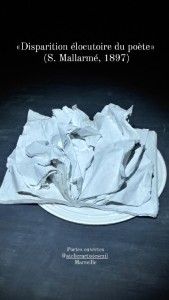


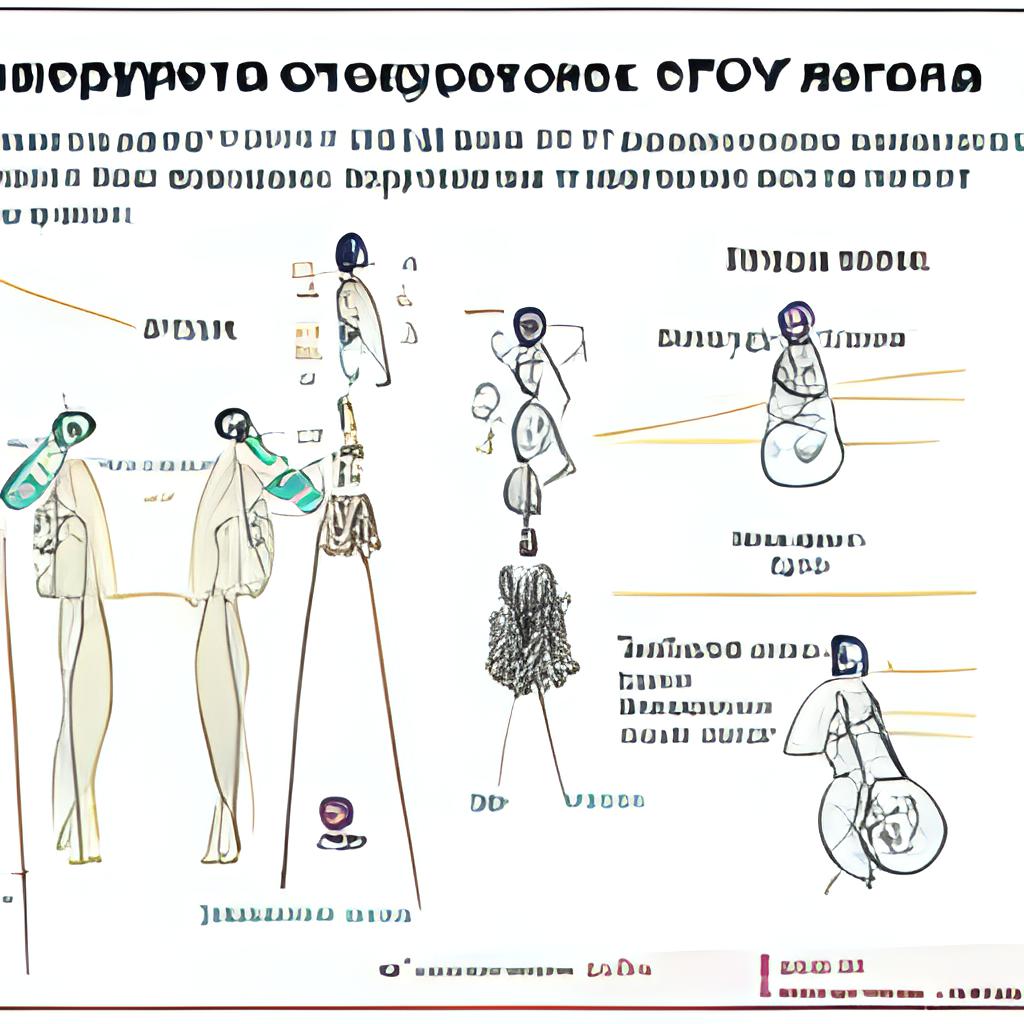

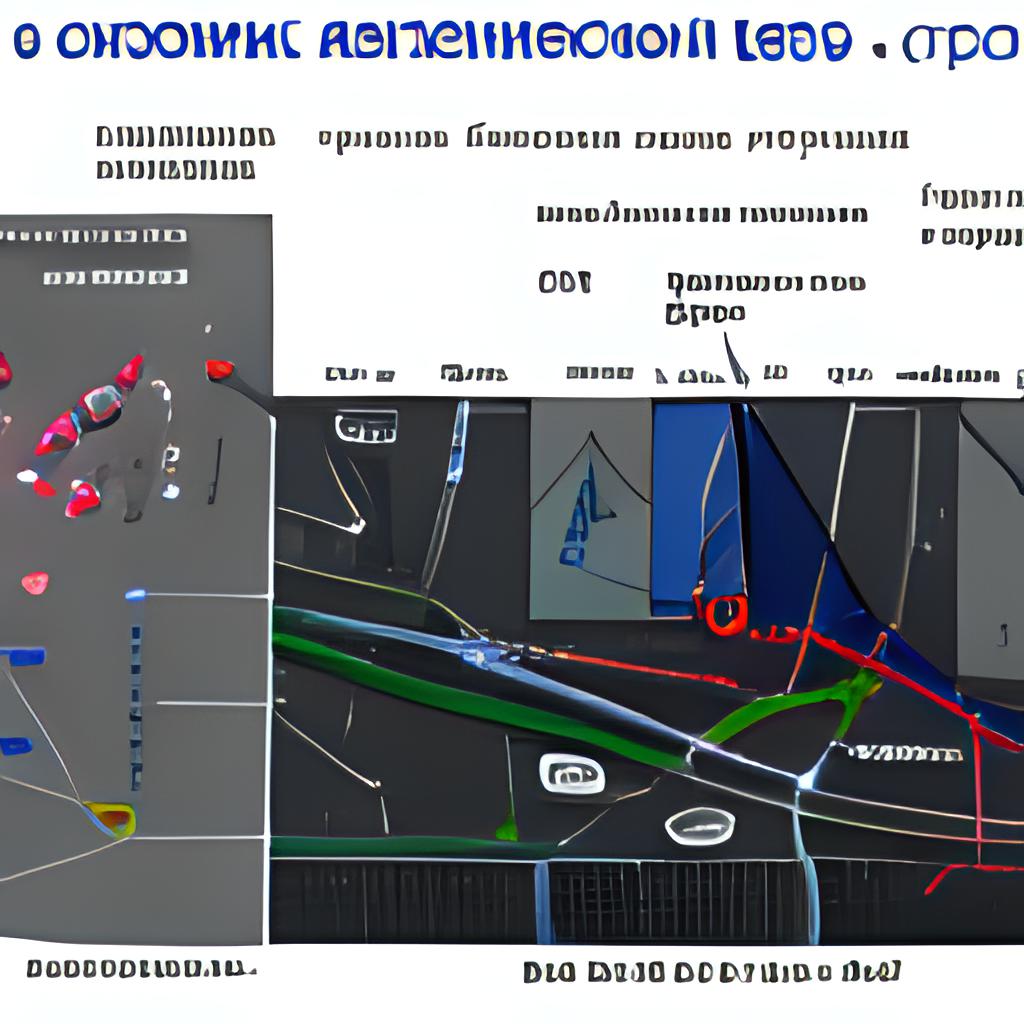
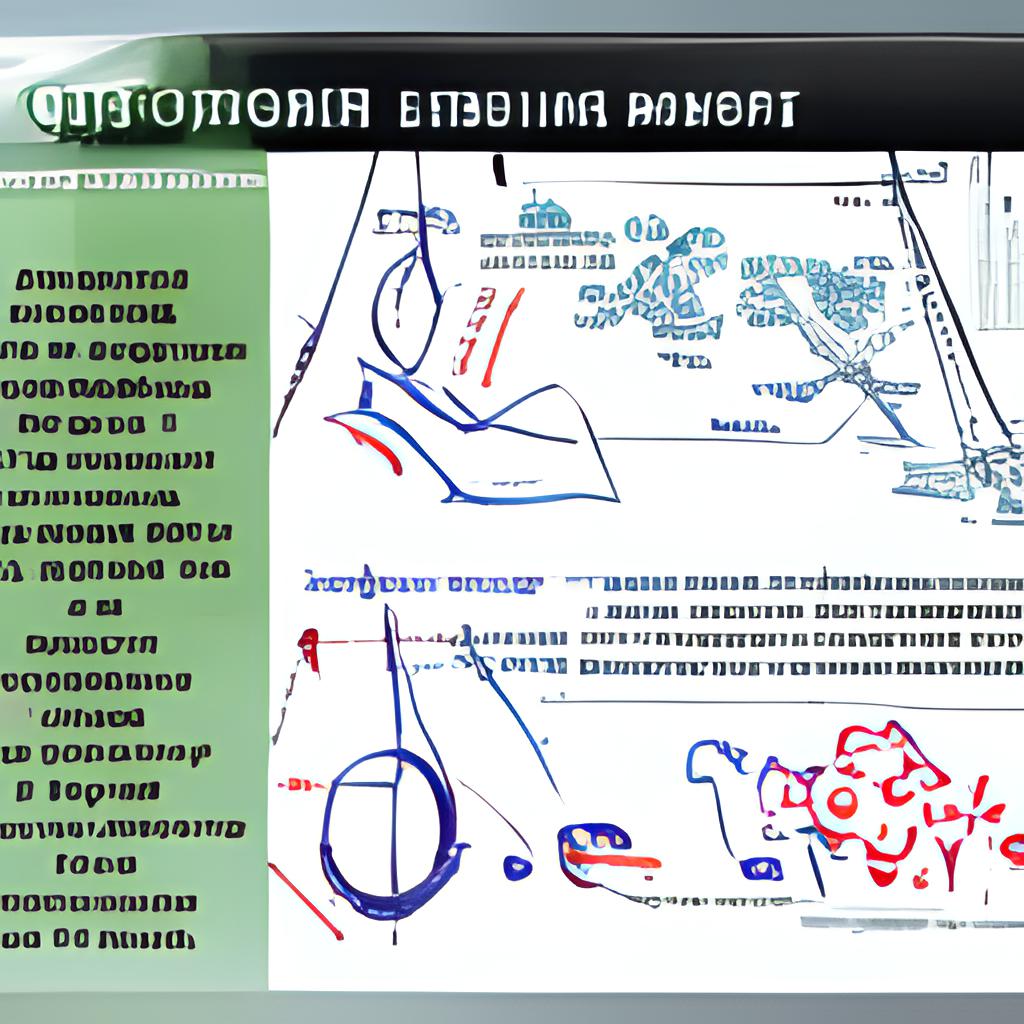
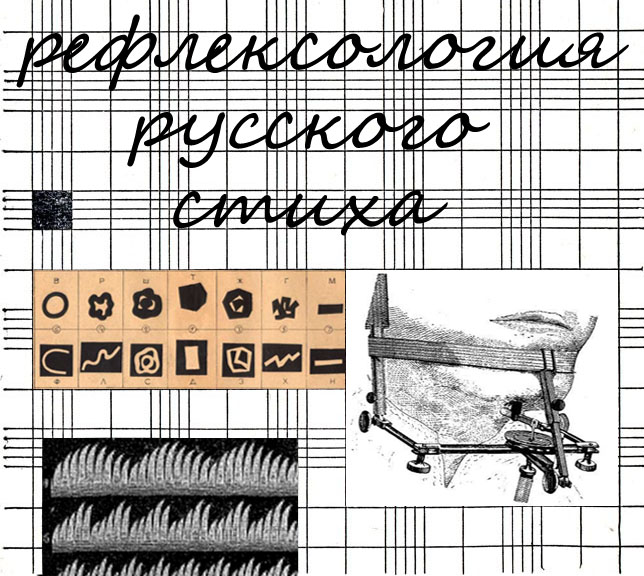





![Ppt0000000 [òîëüêî ÷òåíèå]](http://arsenev.trans-lit.info/wp-content/uploads/2019/09/15_.jpg)
![Ppt0000000 [òîëüêî ÷òåíèå]](http://arsenev.trans-lit.info/wp-content/uploads/2019/09/15.jpg)



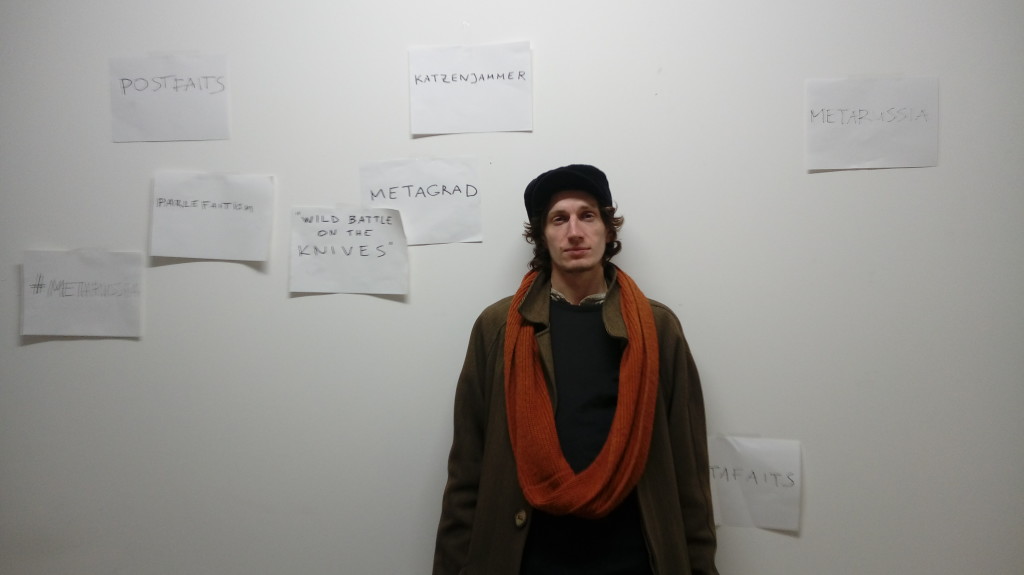

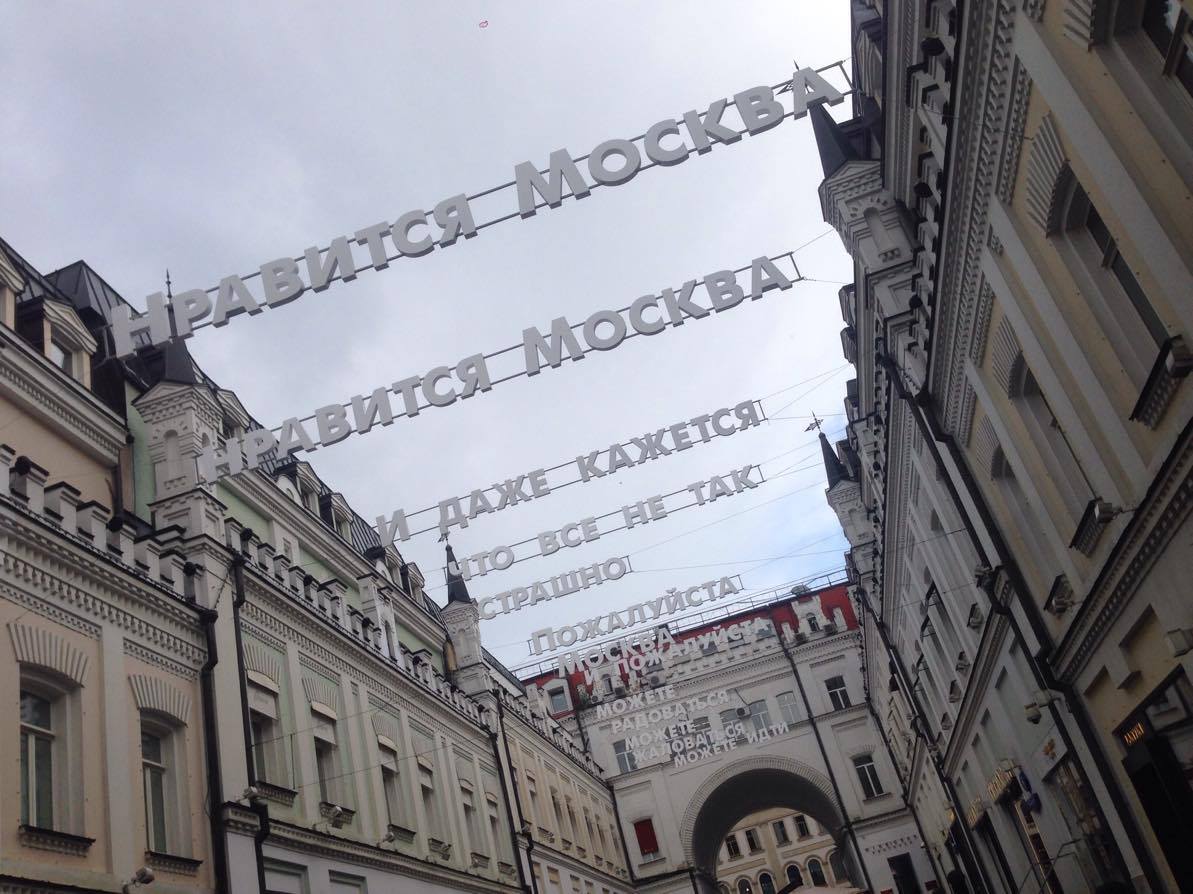
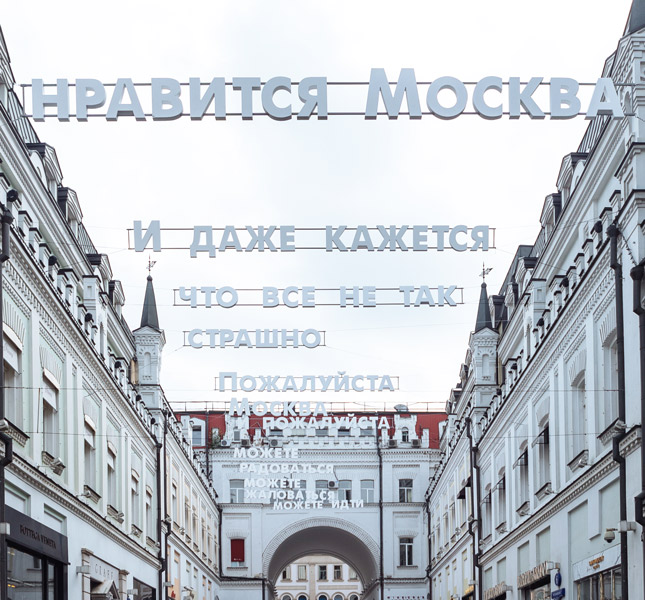
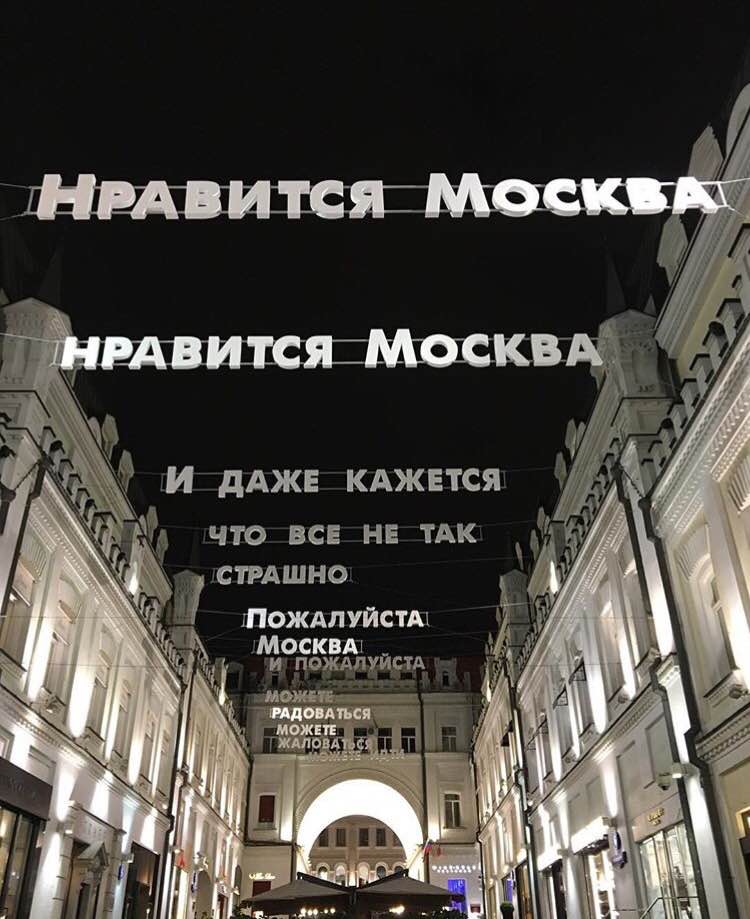


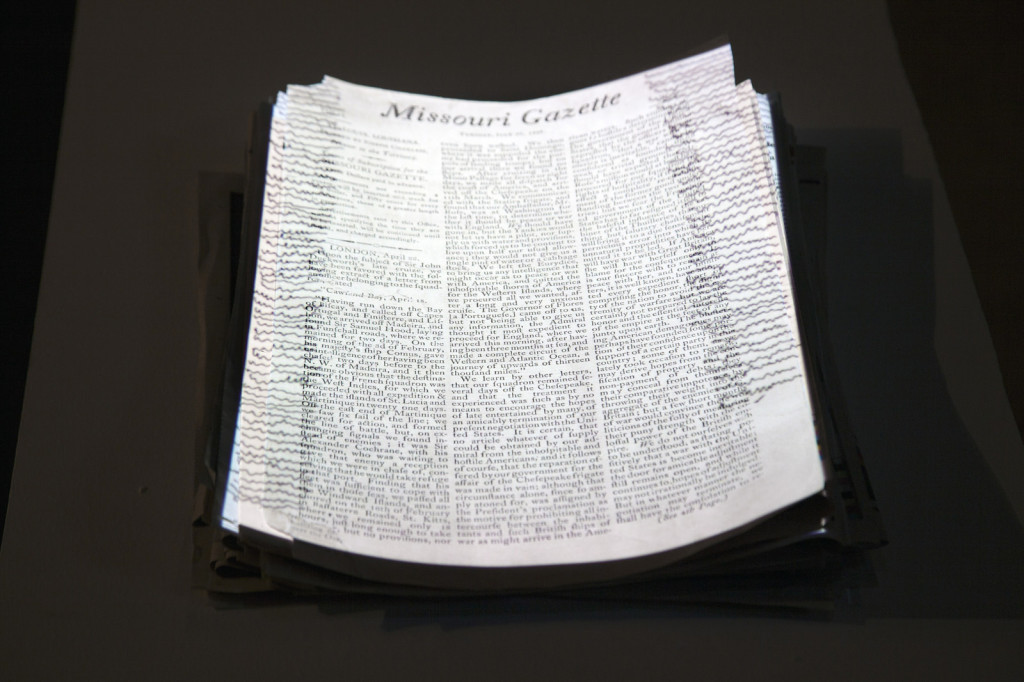


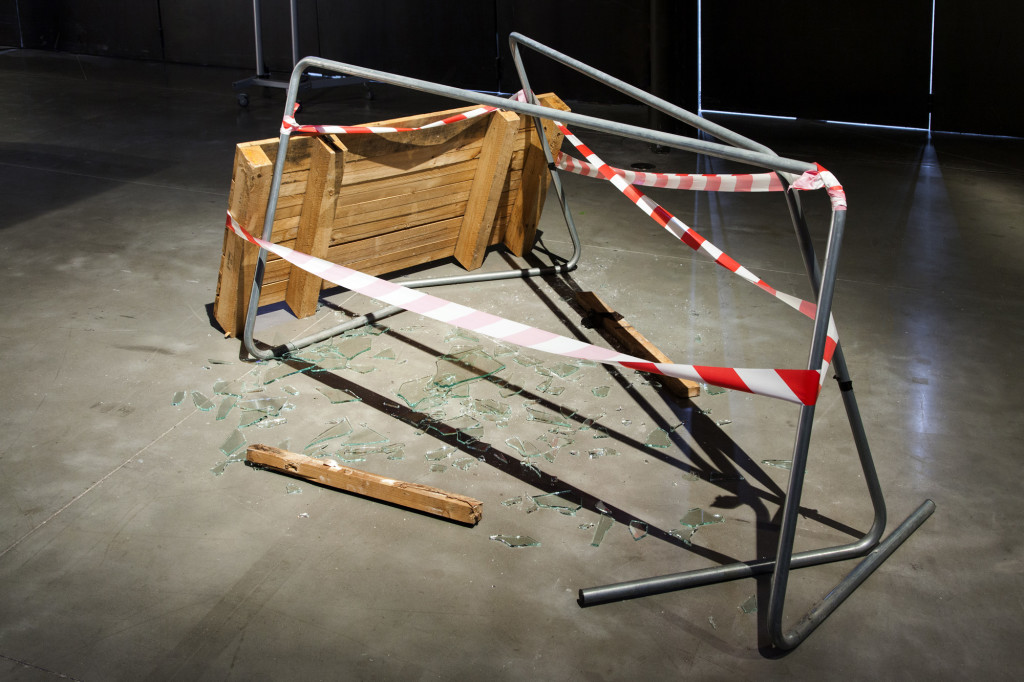
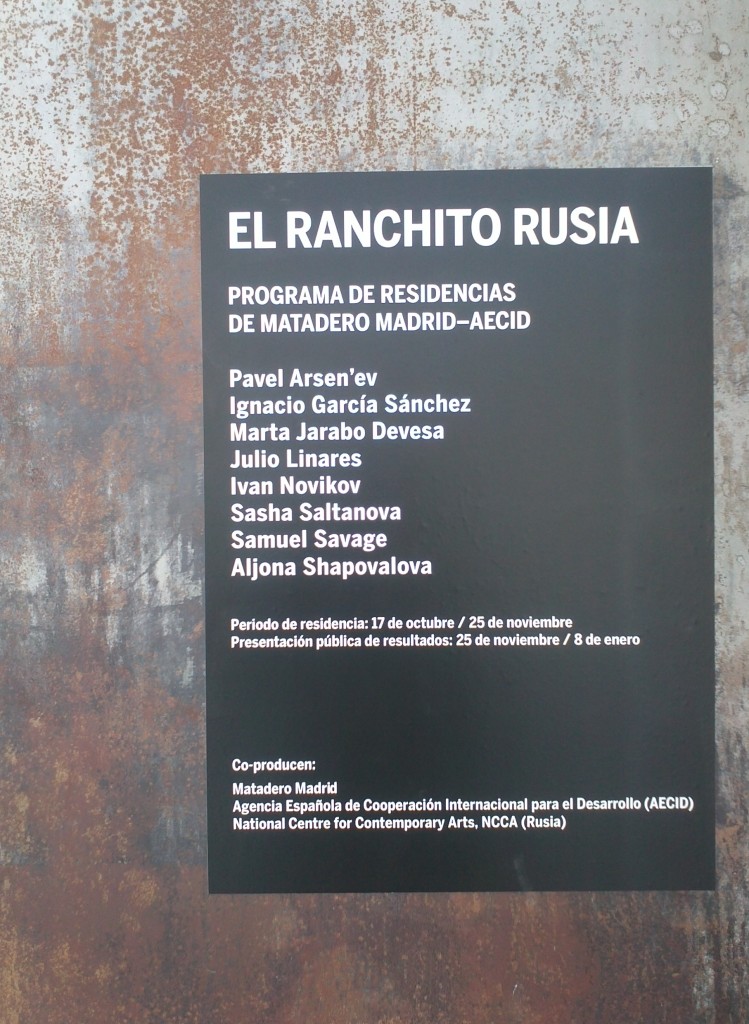 2016,
2016,